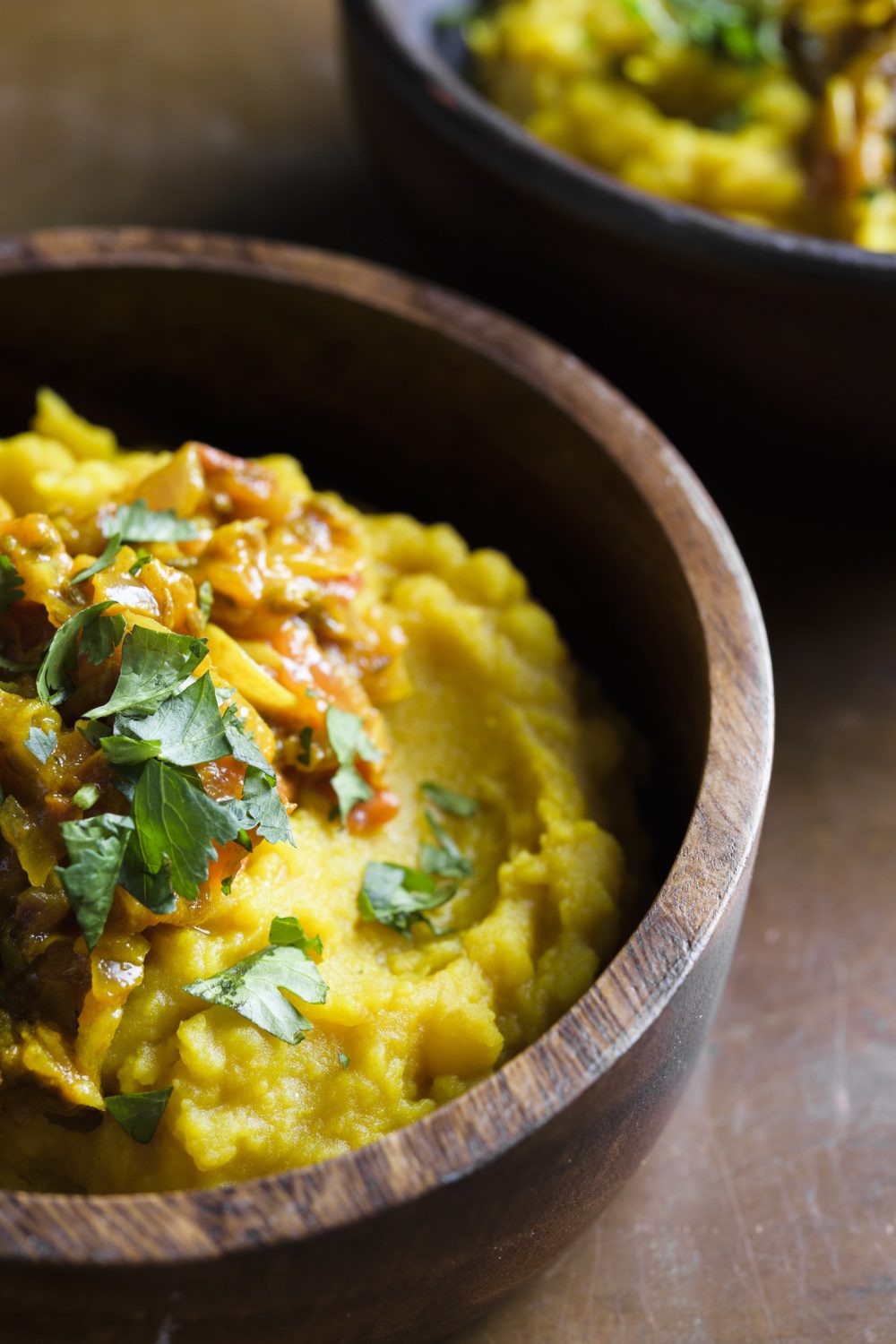Sparks erupt by the thousands from the trough-like grill in a wild frenzy of dancing orange lines and stars that swirl up from the meaty skewers and surround me, biting my skin, pockmarking my shirt. The bamboo awning above traps the brief pops of light and the savory smoke that follows. Singeing no matter, I’m transfixed. This is cooking like I’ve never seen it.
Oblivious to the shower of sparks, an asbestos-handed man rotates the skewers and aims a black-with-age-and-soot metal fan to blow fiercely onto the coals, turning them furiously bright. The meat sizzles and draws me into the heat. We are at the edge of Mumbai’s Chor Bazaar, itself as wild and overwhelming a sensory onslaught as this street vendor’s cooking.
The name translates as “thieves’ market,” this tightly packed warren of antiques, goats, scrap metal, secondhand clothing, Bollywood posters and hawkers plying sticky mangos and mounds of mint. It once was rumored that anything stolen likely could be repurchased here. At surface, it seems like chaos. But like this man’s cooking, there is order and intent when you look for it.
An apt metaphor for the city’s cooking. Every meal, every bite, a riot of flavor. Like the market. Like the sparks. But look more deeply and the order presents. Alleyways that at first seem random reveal zones, this one for metalworks, this for clothing, another for antiques. So too in the food, always a careful orchestration of flavor and texture.

In Mumbai, We Found Flavor Where We Least Expected It
More from APB Cook Studio
To understand that, I headed to APB Cook Studio, a culinary school hidden in a nondescript office building. The women there agreed to offer me a primer on Indian curries, dishes I assumed were simple matters of dump-and-simmer meat and seasonings. Not quite. “You never have a monotonous bite,” says instructor Anagha Nawathe. “Every bite is different.”
That is by design, not chance. Indian cooking varies widely by region, town, even door to door, but there are certain underpinnings that connect it. The order ingredients are added matters greatly. Cooks know the same ingredient can manifest divergent
flavors depending on how—and when—it is cooked. The same spice whole or ground becomes a different ingredient. Used toasted or raw, at the start or end of cooking, in each case, the same ingredient behaves differently.
This is the sometimes hidden architecture behind much Indian cooking. To demonstrate, Nawathe offers to make two chicken curries, seemingly similar dishes that share core seasonings, yet taste wildly different. First is nadan khozi, a chicken curry dish that comes from the Kerala region along India’s south-western coast. Its star seasonings are copious amounts of ground coriander and mild-yet-floral Kashmiri chili powder.
The same seasonings are equally central to the second dish, kadai chicken curry. But that’s where the similarities end. In the Kerala curry, the seasonings are toasted in a dry pot until their aromas fill the room with warm spice. They then are blended with water and used to coat chicken before it is cooked.
The formula is similar for the kadai curry, except the spices aren’t toasted. They are immediately blended with water, then used to coat the meat. How much difference could it make? Tremendous, it turns out. When I tasted the finished dishes, the Kerala curry’s toasted spices gave it depth and richness, almost a heft. The kadai curry was lighter, brighter, the flavors pronounced but not nearly as complex.
And timing doesn’t apply only to spices. In the kadai curry, a chopped green bell pepper is briefly blistered in a bit of fat, then removed from the pot and set aside, only to return at the end of cooking. A second pepper is cooked for the entire time. The result? The fully cooked pepper lends sweet richness to the finished dish. The briefly cooked pepper adds freshness and texture. Multiple experiences from the same ingredient. Order and intent, if you know where to look.
Our versions of these recipes stuck closely to what we were taught, particularly with respect to following the order in which ingredients were added. We do offer a suggested substitute for the Kashmiri chili powder, which can be challenging to find. But we encourage trying, as its mild heat and deep flavor are worth seeking.
At surface, it seems like chaos. But like this man’s cooking, there is order and intent when you look for it.






